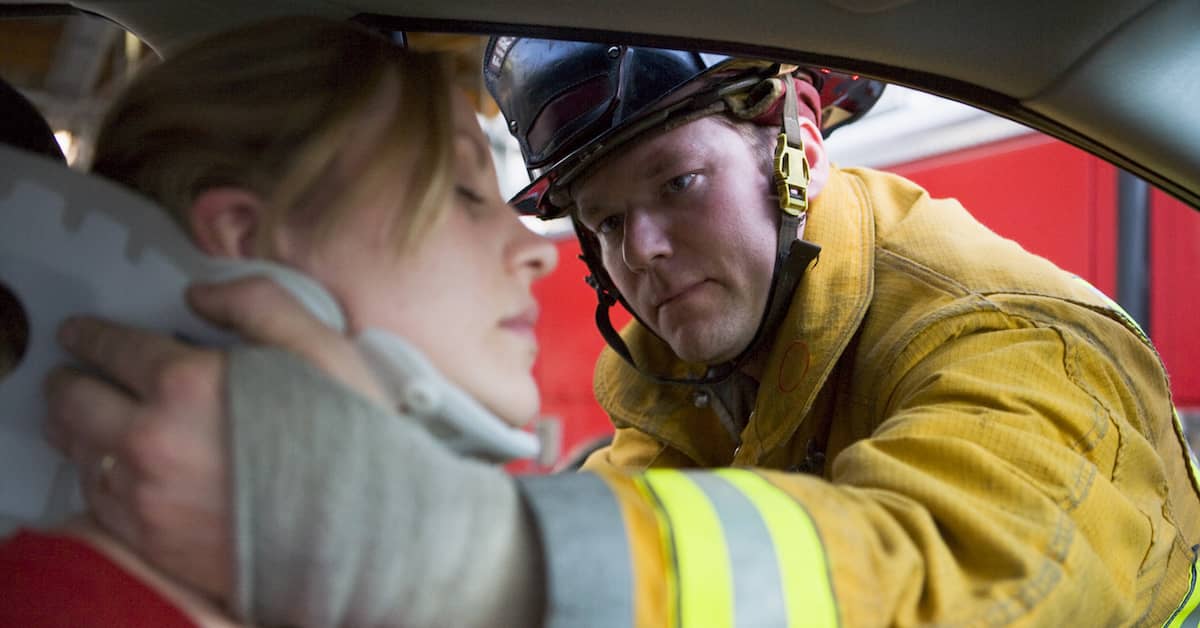
Rear-end accidents can happen for a wide variety of reasons. The circumstances involved will determine which driver was at fault, whether both drivers share responsibility for the crash, or whether some other factor may entitle one or both drivers to compensation.
A serious car crash can change a victim’s life forever. The Wisconsin car accident lawyers at Studinski Law, LLC understand the hardships faced by accident victims, and we will fight aggressively on your behalf to obtain the maximum compensation you need to move forward.
Broadly speaking, we can break down fault in rear-end car accidents into five main scenarios:
In the majority of cases, the following driver will be at fault in a rear-end accident. While there are some excuses for hitting the back of another vehicle (as discussed below), these excuses are the exception rather than the norm. For example, some of the most common causes of rear-end accidents are:
All of these are forms of negligence for which a following driver can be held liable in the event of a rear-end collision.
While relatively rare, the leading driver can be 100% at fault in a rear-end accident in some cases. For example, this could be the case if a leading driver brakes suddenly and for no reason in the middle of the road, or if a leading driver reverses into another vehicle in a parking lot.
It is also possible that the following driver and leading driver could share responsibility for a rear-end collision. This could be the case, for example, if the following driver is tailgating and the leading driver has failed to replace his or her vehicle’s burnt-out brake lights. There are various other possibilities as well. When the following driver and leading driver are both partially at fault in a rear-end accident, their respective legal rights will depend on their percentages of fault in the collision.
A fourth possibility is that another driver is at fault for a rear-end accident. For example, let’s say that the vehicle in front of the leading driver brakes without warning. The leading driver brakes to avoid a collision, and the following driver is not able to stop in time to avoid rear-ending the leading driver. While all three drivers could potentially bear some level of responsibility in this scenario, it is also feasible that the driver in front is 100% responsible for causing the leading driver’s and following driver’s rear-end accident.
The final possibility is that road conditions or other factors are to blame. Slippery roads, poorly-timed stoplights, excessive speed limits, brake defects, and various other factors can all significantly increase the risk of rear-end accidents. When one of these external factors is responsible, both drivers may potentially have claims against the government agency, vehicle manufacturer, or other third party that is responsible.
Let’s say you were injured in a rear-end accident in Wisconsin. How do you prove fault and seek just compensation for your accident-related losses?
If you need to know more about proving fault and recovering your losses after a rear-end accident in Wisconsin, we encourage you to contact us promptly for a free, no-obligation consultation.
Call (715) 343-2850 or contact us online now to speak with a Wisconsin car accident lawyer in Plover or Marshfield as soon as possible.
